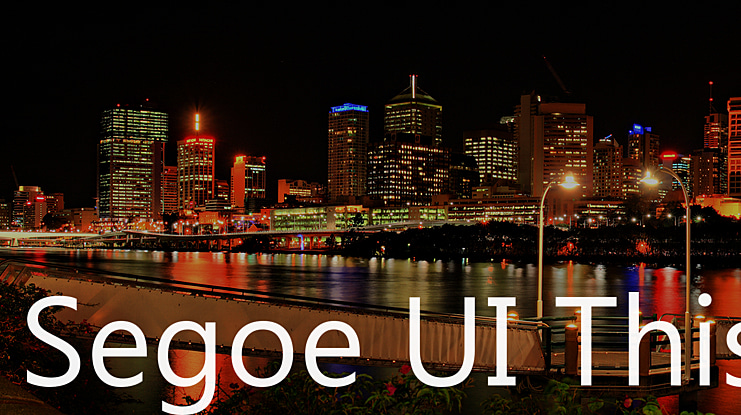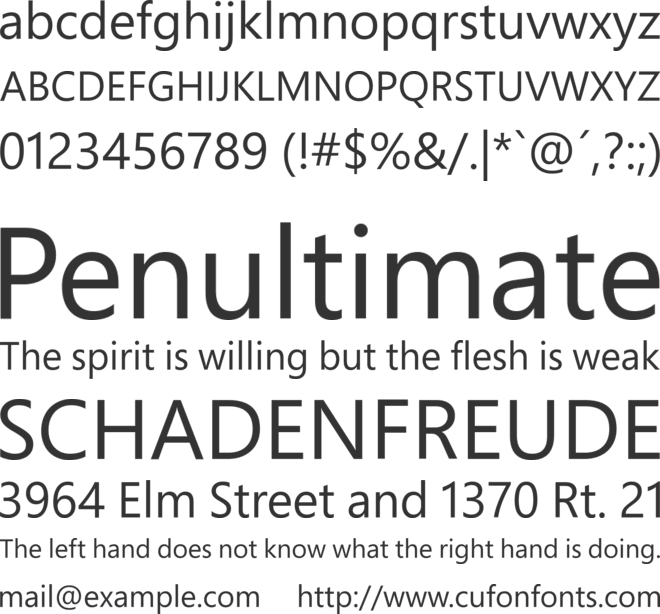

You'll see each mapping and each code point.

You can go and have a look at these files in your %windir%\fonts folder. The one used for user-interface elements. With, Con, Mit Serif (useless Eddie Izzard Reference), for those that want the little decoration. The docs say you should use ClearType when using Segoe UI. I want to use Segoe UI in the app, but am wondering what kind of problems I might incur. Many sites use the system font when rendering sans-serif text, since it’s quick to load (already installed in your device) and looks like other apps on your device. I’m building a WPF windows app but the target users are still using winXP and will probably be doing so for a long time to come. Arial, Segoe UI and Tahoma are part of that family. This new font is a variable font that replaces the older Segoe UI font in Windows 10 and below. SanSerif, so without the heavy bits that decorate a font. Font Sizes and Font Families in WPF Apps DefaultFont Segoe UI FontSize-Smallest 8 FontSize-Smaller 12 FontSize-Normal 13.333 FontSize-Large. 5K downloads 4.6 24 users Preview & Download Live Test Supported Characters About Comments License : Free for personal use. This font has a weight axis ( wght) with weights from Thin (100) to Bold (700). Monospaced, for example used to show snippets of code. The Segoe UI Variable font contains two axes for finer control of text. And you have the following fonts you can use: It replaces the way font substitution is done in Win32. Initially it was available in three styles. Yu Gothic was introduced as part of the Windows fonts collection.

That said, WPF supports composite fonts, which are essentially virtual fonts that redirect each portion of Unicode (symbols, asian text, Greek text, Latin text, ASCII, you get the drill) to the correct font. Yu Gothic UI component was added to the family. This will show Segoe UI, followed by Verdana.


 0 kommentar(er)
0 kommentar(er)
